7 ways to enjoy Osaka Castle in the winter
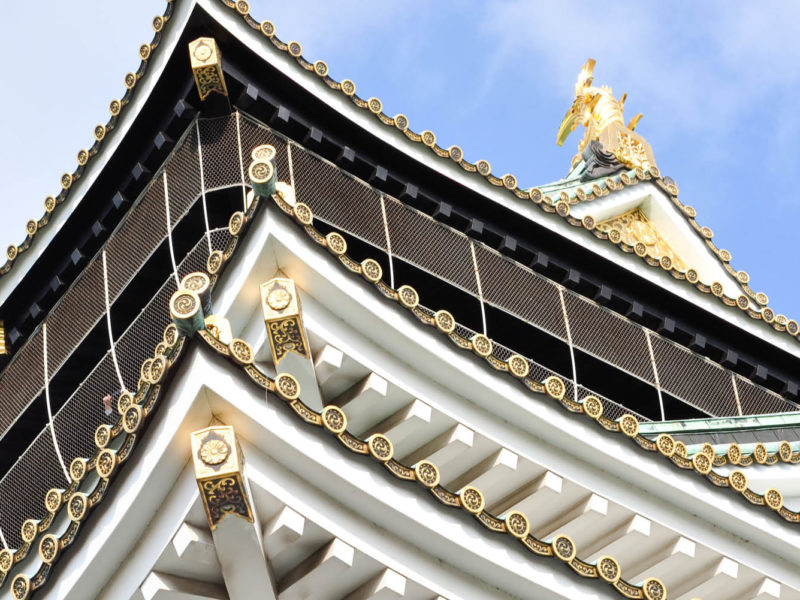
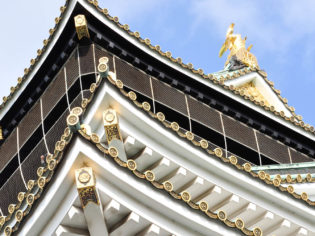
These are the best ways to experience Osaka Castle in the winter.
The colder months provide some of the best opportunities to see Osaka Castle, the crown jewel of Japan’s second city.
Powdery ski slopes, spectacular snow-sculpture festivals and steaming hot-spring towns are more than enough to draw travellers to Japan during the frosty winter season. But many forget the huge bonus of travelling to Japan’s main cities in the winter time – that is there are far fewer tourists to contend with at the major sites.
Osaka Castle is the crown jewel of Japan’s second city, and no trip to Osaka is complete without a visit to this important historic site. While very pleasant and picturesque in the warmer months, the trade-off is sharing your picnic site with the crowds. In the winter, there is much more space to enjoy the expansive grounds comfortably at your leisure. Here are seven ways to spend the day at Osaka-jo and its surrounds during the chilly season.
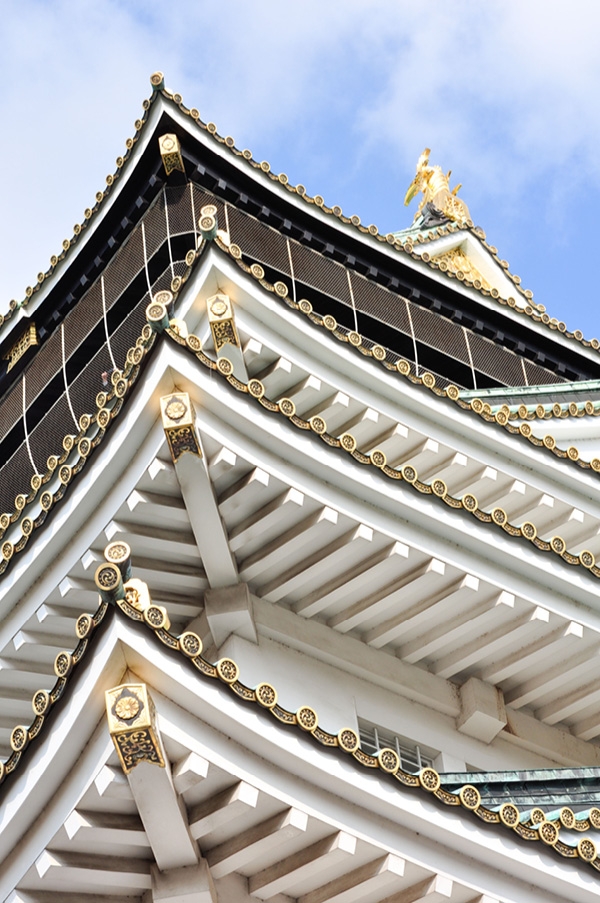
Osaka Castle is the crown jewel of Japan’s second city.
1. Cruise the castle moat on the Golden Wasen
Bundle up on a crisp winter’s day and board the Golden Wasen – a gleaming gold traditional-style Japanese boat that takes you on a 20-minute ride around the stone walls of the inner moat while giving a history lesson on the castle. This roofed gozabune (pleasure boat) with tatami (straw mat) floors takes visitors to rare vantage points for snapping photos of the castle’s main keep. The cruise allows for a deeper appreciation for the imposing 20-metre-high stone walls that surround Osaka-jo, which was regarded as impregnable in its time.
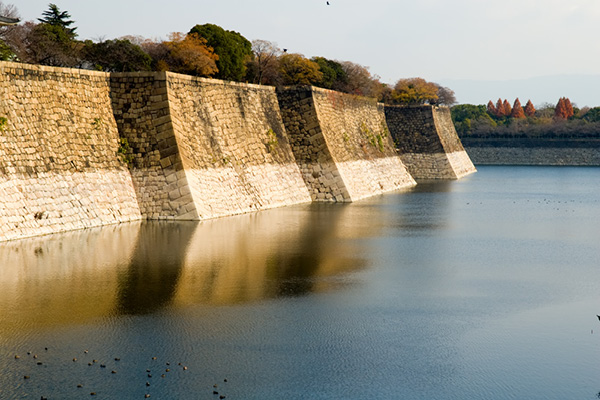
Take a ride around the inner moat of Osaka Castle on the Golden Wasen.
2. Roam Nishinomaru Garden on the castle grounds
Osaka Castle’s Nishinomaru Garden is the perfect place for a relaxing stroll year round. The approximately 64,000-square-metre open garden area was once the private residence of Kita no Mandokoro, the wife of Toyotomi Hideyoshi. One of the ‘three great unifiers’ of Japan during the 16th century, it was Hideyoshi who commissioned the construction of Osaka Castle. The garden boasts impressive views of the main keep and outer walls from across the moat. For those visiting in mid-February, the garden’s winter landscape is splashed with bright pink plum blossoms. These dominate a section of the garden aptly named the Umebayashi (Plum Garden) and home to 1270 plum trees of around 100 different varieties.
In the north-east corner of Nishinomaru Garden is the tea ceremony house Hosho-an. This tatami-floored tea house among the trees is a prime example of the Japanese aesthetic of wabi-sabi – the idea of accepting the beauty of imperfection. It is easy to admire the beauty of the structure from the outside, but reservations are required to partake in a traditional Japanese tea ceremony.
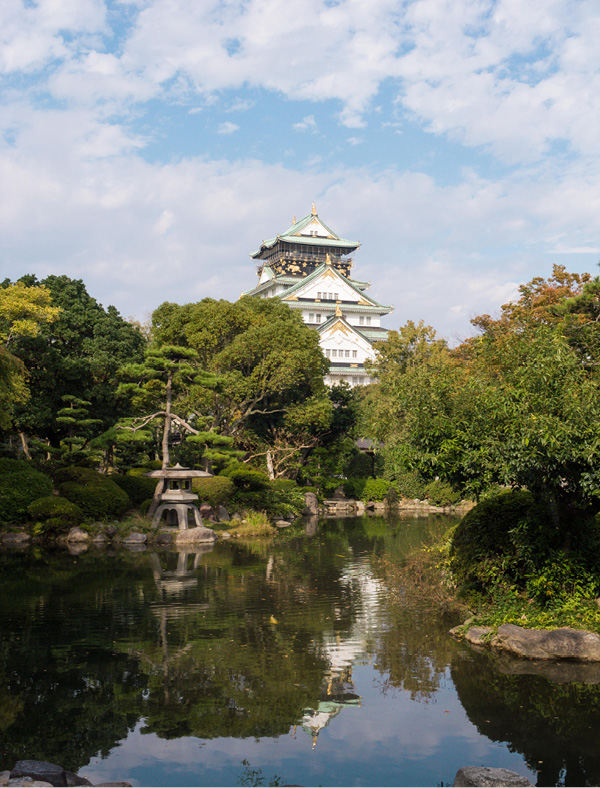
Take a stroll through Osaka Castle’s Nishinomaru Garden.
3. Venture inside the castle and take in views from the top
Osaka-jo was originally built by Toyotomi Hideyoshi in 1583. While the current structure only dates from 1931 and is completely modern inside, the inner workings of the castle still serve as an interesting and informative museum housing around 10,000 historical items. These include armour, weapons, gorgeous folding screens depicting epic battles fought on the castle grounds, personal items of Hideyoshi’s, and much more. The observation deck on the top floor 50 metres up offers sweeping views of Osaka City.
4. Shop and eat your way around Osaka Castle Park
If you’re feeling peckish, Jo-Terrace Osaka in front of the castle is the perfect spot to take a break and grab a bite to eat. Opened in June 2017, the modern outdoor complex features a variety of eateries and cafes in a relaxed atmosphere surrounded by the greenery of Osaka Castle Park. Try classic Osaka dishes such as takoyaki (doughy fried balls containing diced octopus and topped with a rich brown sauce) and okonomiyaki (a savoury pancake with fried meats mixed in).
Located in front of the castle tower is Miraiza Osaka-jo, a complex built from the former military headquarters of the 4th Division of the Imperial Japanese Army. Originally constructed in 1931, this Western-style redbrick building was refurbished in October 2017 and now contains a host of duty-free souvenir shops, cafes, and Japanese confectionery shops. The restaurants inside offer unparalleled views of the castle.
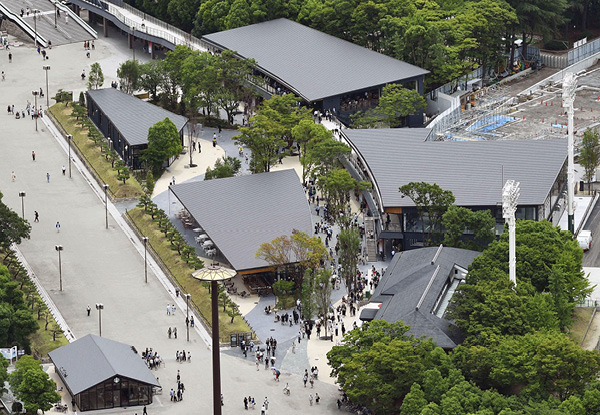
Take a break and grab a bite to eat. at Jo-Terrace Osaka in front of the castle.
5. Take Japanese sword-fighting lessons
Have you ever dreamt of becoming a ninja or samurai? Bring your Japanese history fantasies to life at the Japan Tate-do Association in the Miraiza Osaka-jo building. Tate, or the art of Japanese sword fighting, was considered a special technique only for stage and movie actors performing in samurai dramas. Now visitors to Osaka-jo can take 60- to 90-minute classes learning sword fighting and theatrical combat techniques. Best of all, you get to dress the part and look like a character straight out of a Japanese period drama.
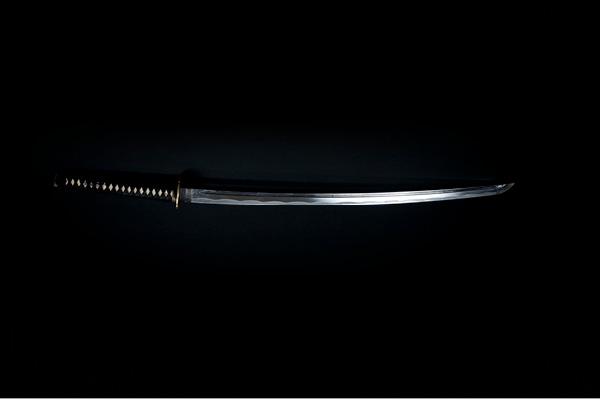
Take a sword-fighting class at Osaka-jo.
6. Visit the Osaka Museum of History
Located at the south-west corner of Osaka Castle Park, the Osaka Museum of History is a worthwhile add-on to a castle visit if you happen to have extra time on your hands. Each floor explores a different period in Osaka’s past, allowing visitors to experience the 1350-year history of Osaka with life-size reconstructions, scale models, documentary movies and photographs. The top floor of this museum is a partial full-size recreation of the inside of the Naniwanomiya Palace, a construction from the era when Osaka was Japan’s capital.
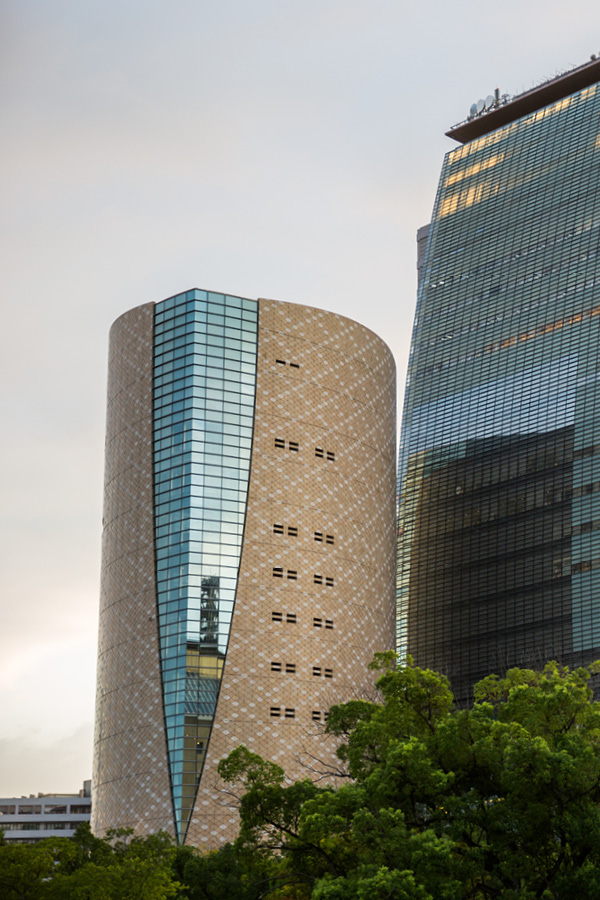
The Osaka Museum of History is just around the corner from Osaka Castle.
7. Admire the luminous castle during a winter light show
One of Japan’s best winter light-up events is the Osaka Castle Illuminage. Held in Nishinomaru Garden on the castle grounds in the evenings between December and March, millions of colourful LED lights illuminate the area. Tunnels and light sculptures of Japanese-style buildings, trees, animals, paper cranes, bridges and folding fans decorate the winding path through the garden. The white-walled Osaka Castle is splashed with an array of colours and special effects during the annual 3D projection-mapping extravaganza often designed with a historical theme in mind. With traditional Japanese street performances, food stalls, and lots of other attractions, this night event is one of the most memorable ways to experience Osaka Castle.
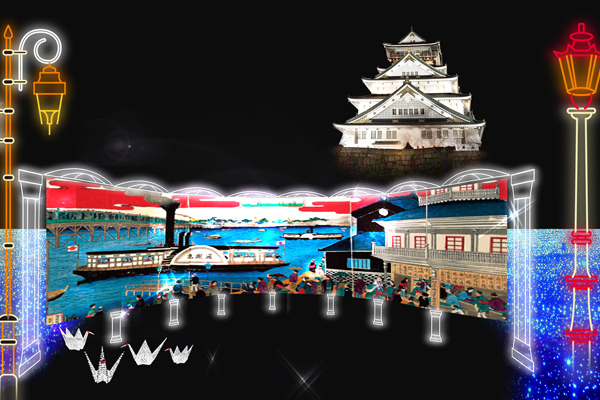
Osaka Castle Illuminage is held between December and March.
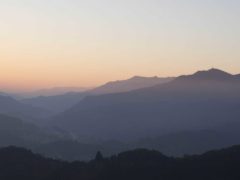

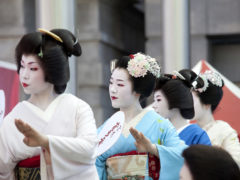
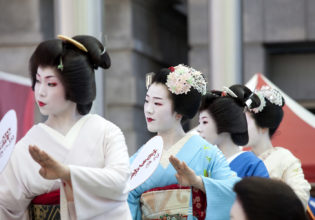

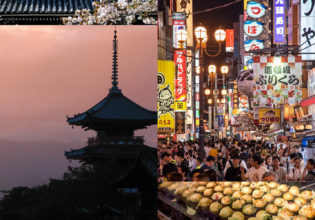


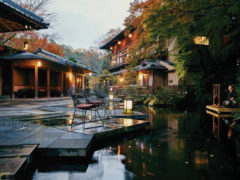
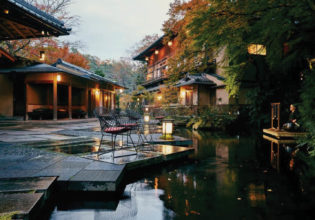
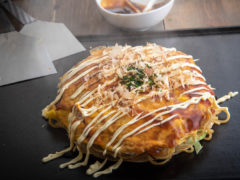
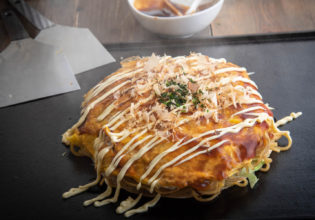


LEAVE YOUR COMMENT